When it comes to home improvement, few projects offer a better return on investment than gardening and DIY landscaping. In fact, landscaping upgrades can deliver up to a 200% ROI—making them one of the smartest property improvement strategies for homeowners looking to increase home value.
Whether you’re planning to sell your home or simply want to upgrade your outdoor space, thoughtful gardening enhancements can transform your yard without breaking the bank. From low-cost mulching and energy-efficient solar lighting to raised garden beds and native plantings, these DIY landscaping ideas offer both aesthetic appeal and long-term value.
Not only do these upgrades improve curb appeal and outdoor functionality, but they also help your property stand out in a competitive real estate market—often leading to faster home sales and higher offers. Even modest improvements can make a big impact when it comes to boosting property value through smart, budget-friendly home upgrades.
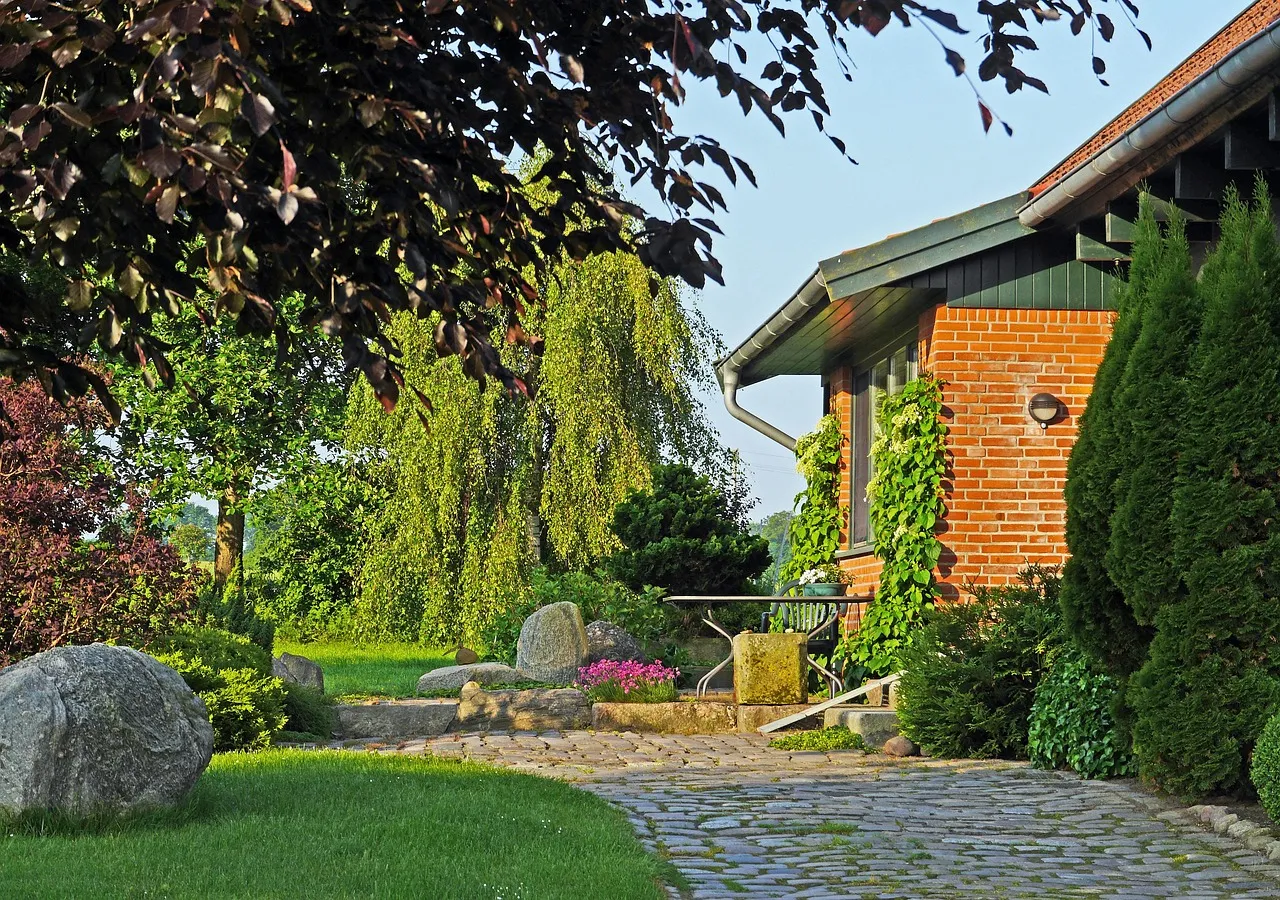
Why Garden Upgrades Matter for Homeowners
Before diving into specific upgrades, it’s essential to understand why smart landscaping and gardening improvements matter so much—especially for homeowners looking to enhance property value or sell faster. The exterior of your home is the first thing people see, and it communicates a great deal about what to expect inside.
In fact, according to multiple real estate surveys, over 94% of realtors recommend sellers improve their curb appeal before listing a home. A thoughtfully designed garden is more than just an aesthetic feature—it’s a financial asset.
Curb Appeal Sells: First Impressions Matter
In real estate, first impressions are everything. The garden and front yard are the first elements prospective buyers see—whether they’re viewing the home online or pulling up in person. A lush lawn, tidy flower beds, and well-maintained pathways signal care, pride of ownership, and quality.
- A home with high curb appeal can sell for up to 7% more than similar homes with a neglected exterior, according to a study published in the Journal of Real Estate Finance and Economics.
- Online listings with attractive landscaping photos get more clicks and longer viewing times, increasing visibility and competition.
Functional Outdoor Spaces Add Tangible Value
Today’s homebuyers are not just buying interior square footage—they’re investing in lifestyle. Outdoor living areas such as patios, firepit zones, edible gardens, or shaded seating spots add usable square footage and versatility to a property.
- A 2023 Houzz Landscaping Survey reported that 84% of homeowners value outdoor functionality as much as interior upgrades.
- Functional gardens can extend living space, especially in warmer climates where buyers expect to spend time outdoors.
Adding practical zones such as a raised garden bed, a relaxation nook, or even a vertical herb wall can turn an ordinary yard into a desirable outdoor oasis that increases marketability and sale price.
Low-Maintenance Landscaping Is a Strong Selling Point
In an era of water conservation, climate challenges, and busy lifestyles, low-maintenance landscaping is a huge win for homeowners and prospective buyers alike. Gardens filled with native, drought-resistant plants and sustainable irrigation systems are not only environmentally friendly but also cost-effective in the long run.
Benefits include:
- Lower water bills and fewer resources used
- Reduced need for fertilizers and pesticides
- Less time spent mowing, pruning, and watering
For many buyers—especially millennials and retirees—the appeal of a beautiful yet easy-care yard can be a deciding factor. It speaks to sustainability, efficiency, and modern design sensibilities.
Landscaping Offers One of the Highest ROIs in Home Improvement
When it comes to return on investment (ROI), few home upgrades match the cost-efficiency of landscaping. According to the American Society of Landscape Architects (ASLA), investing as little as 5% of your home’s value into landscaping can yield an ROI of up to 150%–200%.
Here’s why:
- Landscaping improvements are highly visible, unlike plumbing or insulation upgrades.
- Aesthetic and functional benefits are immediately appreciated by buyers.
- Improvements like irrigation systems, native plants, and seating areas are long-term value-adds with low upkeep.
Even simple enhancements—like edging, mulching, and pathway lighting—can deliver a disproportionate return compared to their cost.
Pro Tip: A well-maintained garden can shave days or even weeks off your time on market!
Even if you’re not selling immediately, regular garden maintenance is a proactive investment. It prevents deterioration, supports healthy plant growth, and protects the curb appeal you’ve worked hard to establish.
Simple Yard Upgrades That Increase Home Value
1. Add a Fresh Layer of Mulch for an Instant Upgrade
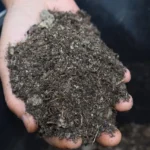
Cost: $30–$100 | Impact: High
Best for: Front yard beds, flower gardens, tree rings
Mulching is one of the easiest and most effective ways to elevate your garden’s appearance. It offers multiple benefits:
- Retains soil moisture
- Regulates soil temperature
- Suppresses weeds
- Enhances visual appeal
Choose natural bark, pine straw, or compost mulch for an eco-friendly touch. Be sure to spread mulch 2–3 inches thick, keeping it away from the base of plants to prevent rot.
2. Install Solar-Powered Garden Lighting
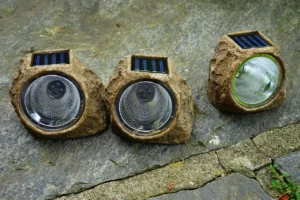
Cost: $50–$150 | Impact: Medium to High
Best for: Pathways, borders, focal plants
Outdoor lighting adds nighttime curb appeal and improves safety. Solar lights are low-maintenance, wire-free, and energy-efficient, making them perfect for budget upgrades. Strategically place lights along:
- Walkways and driveways
- Flower beds or garden edges
- Water features or statues
Use warm white LEDs for a welcoming ambiance and position them at consistent intervals for a professional look.
3. Plant Native, Drought-Resistant Plants

Cost: $10–$25 per plant | Impact: Long-Term ROI
Best for: Flower beds, hedges, accent borders
Native plants are adapted to your region’s climate, which means they require less water, fewer fertilizers, and minimal maintenance. They support pollinators, reduce landscaping costs, and maintain beauty all year round.
Popular options include:
- Lavender (Mediterranean climates)
- Coneflowers & Black-eyed Susans (US Midwest)
- Agave & Sedum (Arid regions)
Native landscaping also appeals to buyers looking for sustainable living options.
4. Build a DIY Gravel or Stone Pathway
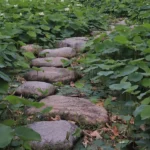
Cost: $100–$300 | Impact: High Visual Return
Best for: Connecting garden areas, backyard paths
A simple gravel path adds structure and usability while improving drainage. It can visually separate flower beds, lead visitors through your garden, or create a defined space for relaxation.
What you’ll need:
- Weed barrier fabric
- Crushed gravel or decomposed granite
- Edging material (metal, plastic, or natural stone)
This upgrade is easy enough for a weekend DIY project—and the visual payoff is significant.
5. Add Clean Garden Edging
Cost: $30–$120 | Impact: Neat, professional look
Best for: Flower beds, lawns, tree bases
Defining the edges of your lawn or garden beds is a subtle change that makes a big difference. Edging keeps mulch, soil, and plants neatly contained and reduces trimming work.
Material options:
- Plastic or rubber (budget-friendly)
- Metal (sleek and modern)
- Natural stone or brick (adds character)
Edging also prevents turfgrass from creeping into your flower beds.
6. Create a Raised Garden Bed for Veggies or Herbs
Cost: $80–$150 | Impact: Eco-friendly feature
Best for: Backyard or side yard spaces
Raised beds are attractive, practical, and appeal to health-conscious homebuyers. They offer better drainage, improved soil control, and easier access (great for seniors or kids).
You can use:
- Reclaimed wood
- Galvanized steel troughs
- Stone or concrete blocks
Raised beds filled with colorful vegetables and herbs provide both beauty and utility.
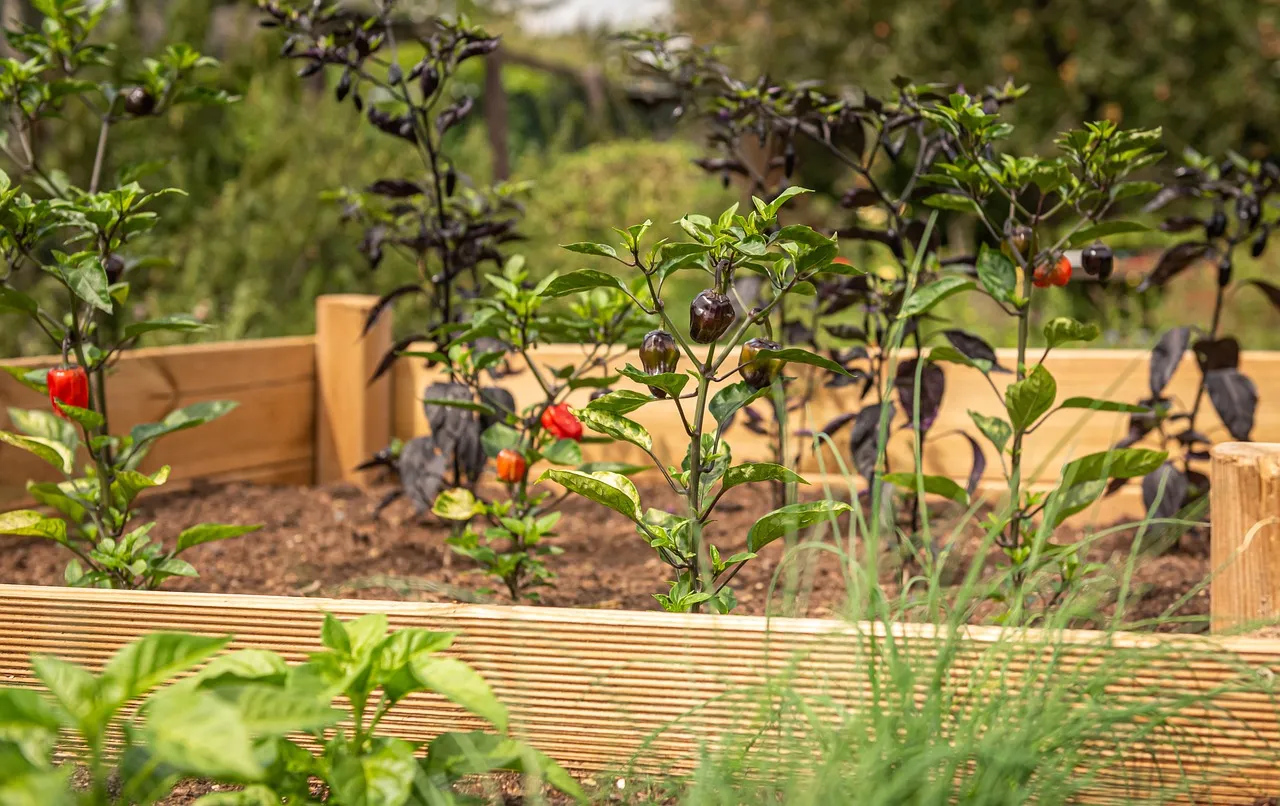
7. Install a Simple Drip Irrigation System
Cost: $75–$200 | Impact: Water savings + buyer appeal
Best for: Flower beds, vegetable gardens
Drip irrigation ensures water goes directly to the plant roots, reducing waste and preventing disease from excess moisture. Plus, it automates watering, which is a big win for busy homeowners.
Look for DIY kits with:
- Tubing
- Emitters
- Timers
This system can reduce water bills and boost eco-credibility—making your property more marketable.
8. Use Container Plants for Pops of Color
Cost: $15–$100 | Impact: Instant aesthetic boost
Best for: Front porch, patio, windows
Container gardening is ideal for small spaces or quick upgrades. Use a mix of:
- Annual flowers (petunias, marigolds)
- Fragrant herbs (basil, rosemary)
- Trailing vines (ivy, sweet potato vine)
Arrange containers in odd-numbered groups for visual interest, and use matching pots for a cohesive look.
9. Refresh Old Garden Furniture
Cost: $20–$80 | Impact: Functional outdoor living
Best for: Patios, balconies, decks
Reviving old furniture with paint, cushions, or stains is a simple and affordable way to improve the overall feel of your outdoor space. Buyers love homes with inviting outdoor “rooms.”
Try:
- Whitewash or weatherproof stain for wood
- Chalk paint for metal furniture
- Reupholstering cushions with outdoor fabric
Consider staging with a table and chairs under string lights to enhance lifestyle appeal.
10. Build a Vertical Garden or Living Wall
Cost: $50–$200 | Impact: Space-saving + aesthetic wow
Best for: Small gardens, urban homes
Vertical gardens are ideal for maximizing space while adding a modern touch. They’re also highly Pinterest-worthy and offer great Instagram appeal for listing photos.
Use:
- Wooden pallets
- Wall planters or hanging pockets
- Recycled gutter systems
Great for herbs, succulents, or ornamental plants, these gardens add height and dimension to otherwise flat spaces.
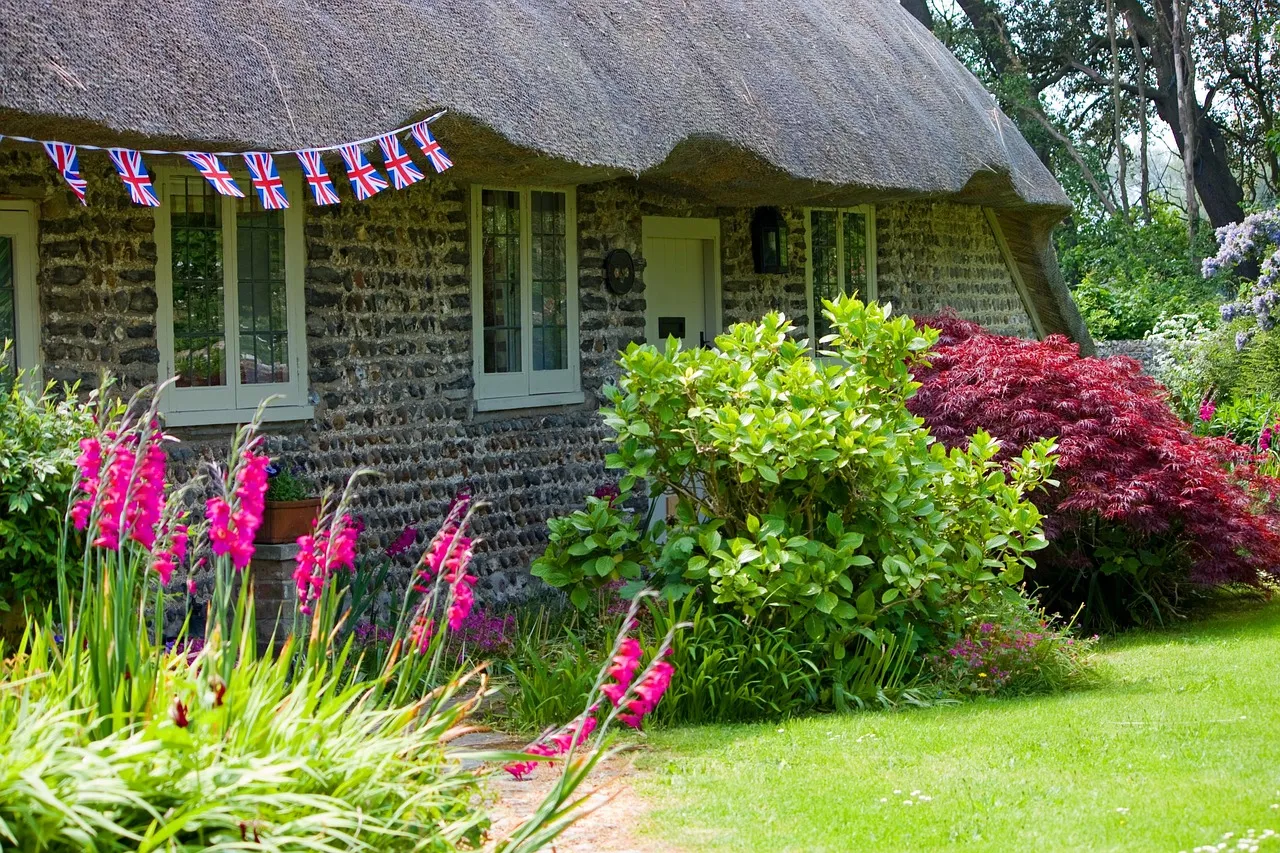
Final Takeaway: Smart Gardening Is Smart Investing
Your outdoor space is more than just a pretty backdrop—it’s a major asset. With these 10 budget-friendly gardening upgrades, you can increase your property’s value, improve lifestyle quality, and appeal to today’s eco-conscious, outdoor-loving buyers.
You don’t need a landscaping crew or a five-figure budget. Just some creativity, a little sweat equity, and the right strategy.
